| Structure | Name/CAS No. | Articles |
|---|---|---|
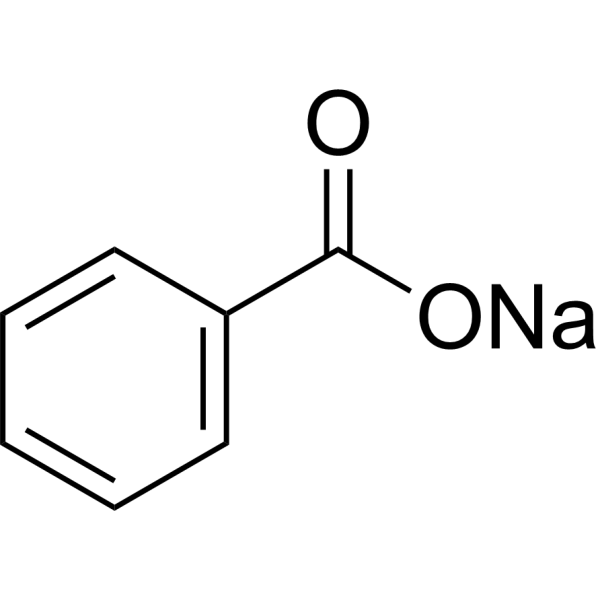 |
Sodium Benzoate
CAS:532-32-1 |
|
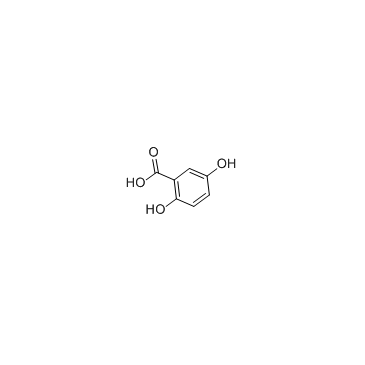 |
Gentisic acid
CAS:490-79-9 |
|
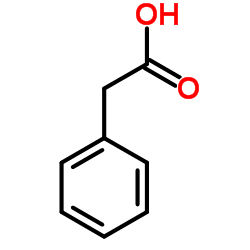 |
Phenylacetic acid
CAS:103-82-2 |
|
 |
4-Hydroxybenzoic acid
CAS:99-96-7 |
|
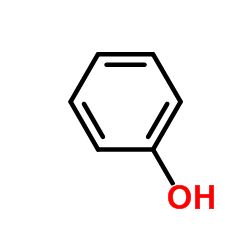 |
Phenol
CAS:108-95-2 |
|
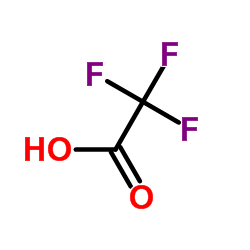 |
trifluoroacetic acid
CAS:76-05-1 |
|
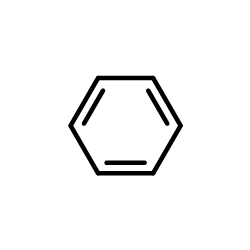 |
benzene
CAS:71-43-2 |
|
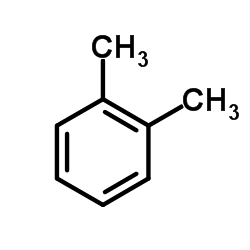 |
o-xylene
CAS:95-47-6 |
|
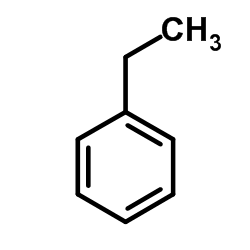 |
ether
CAS:100-41-4 |
|
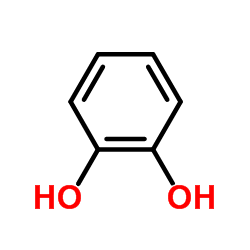 |
1,2-Benzenediol
CAS:120-80-9 |